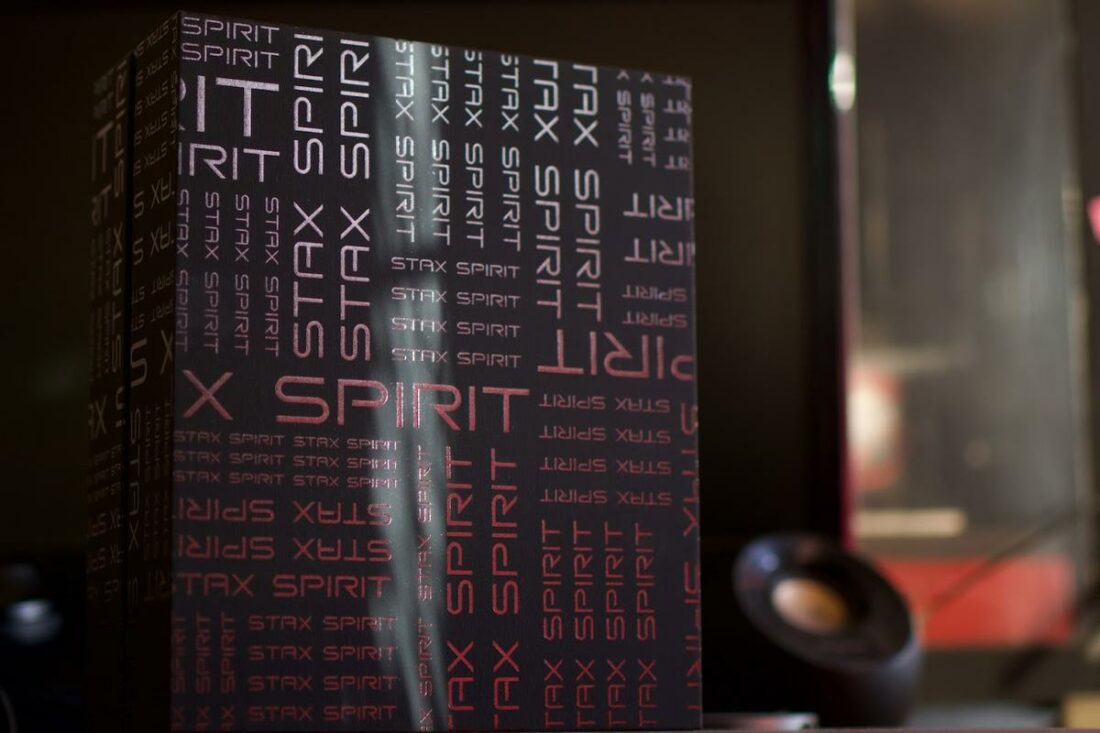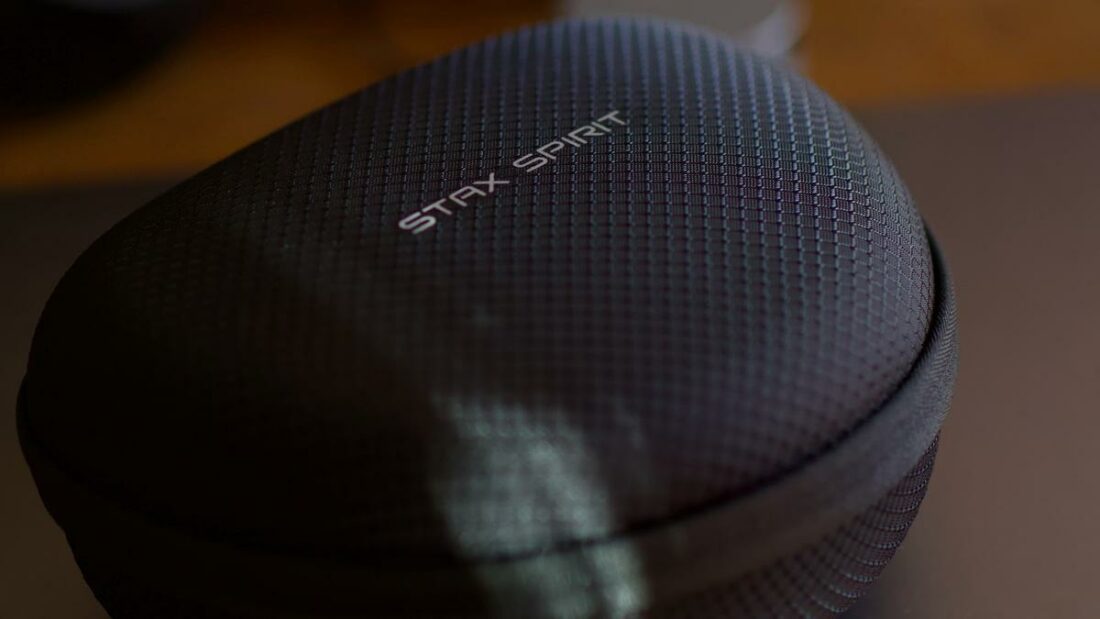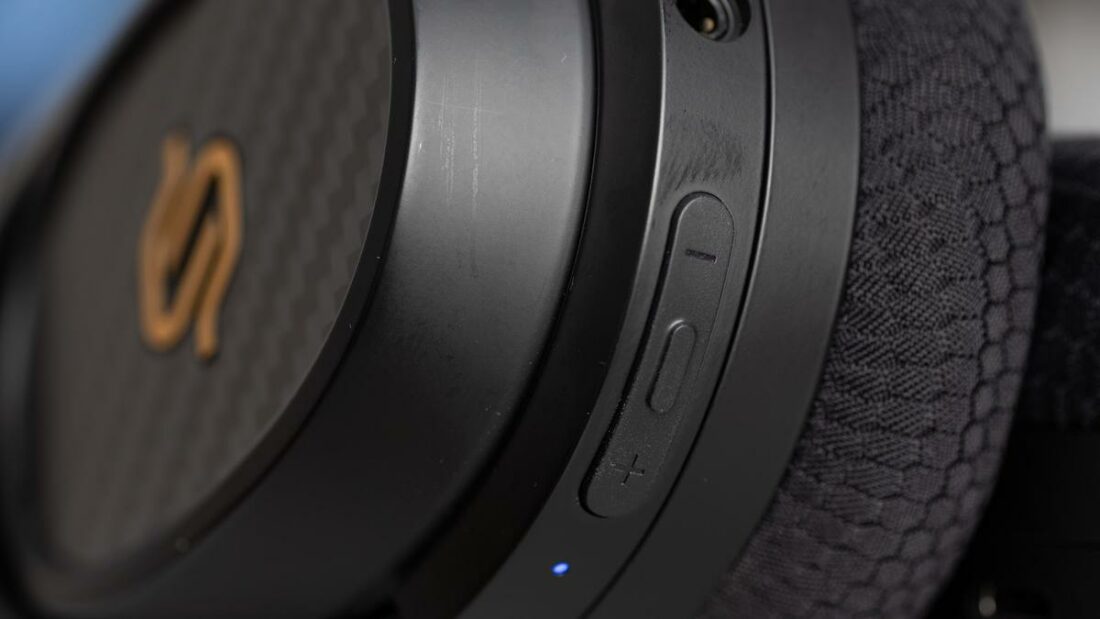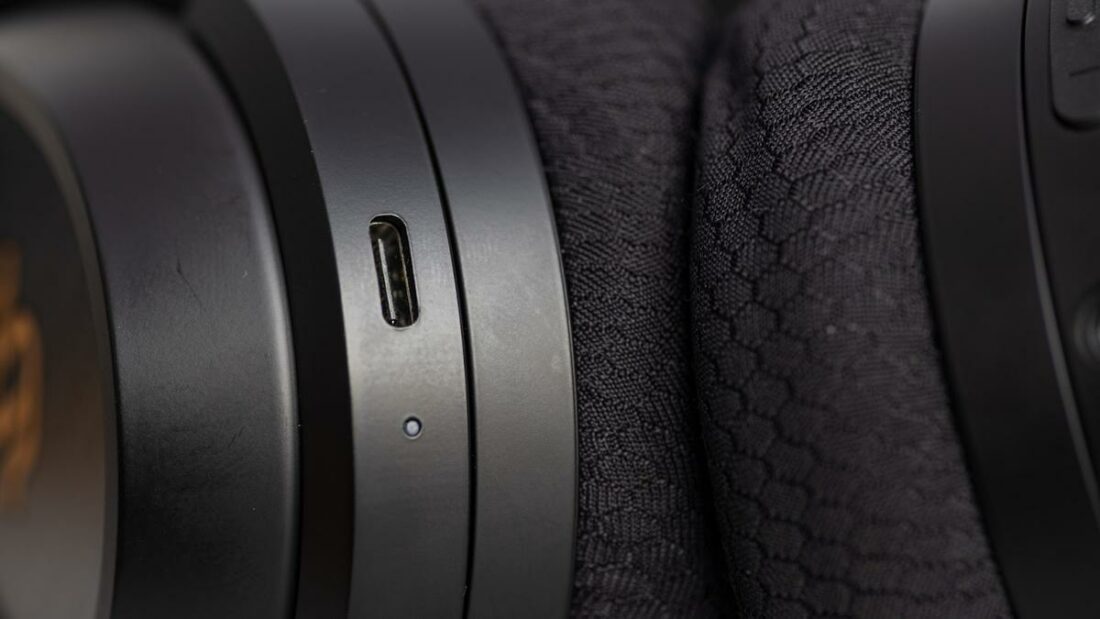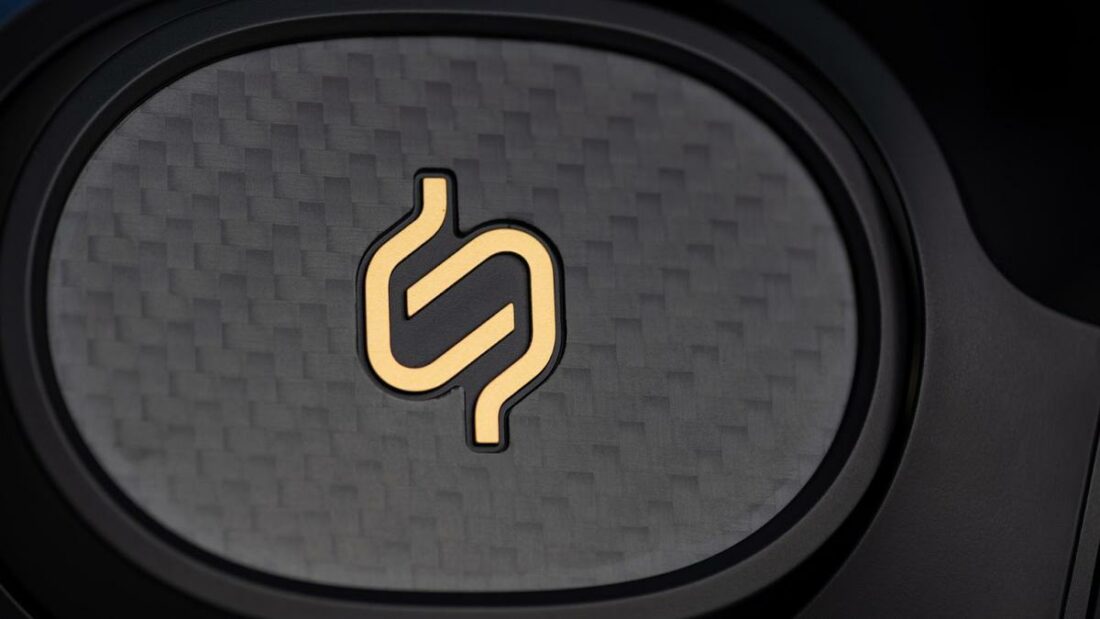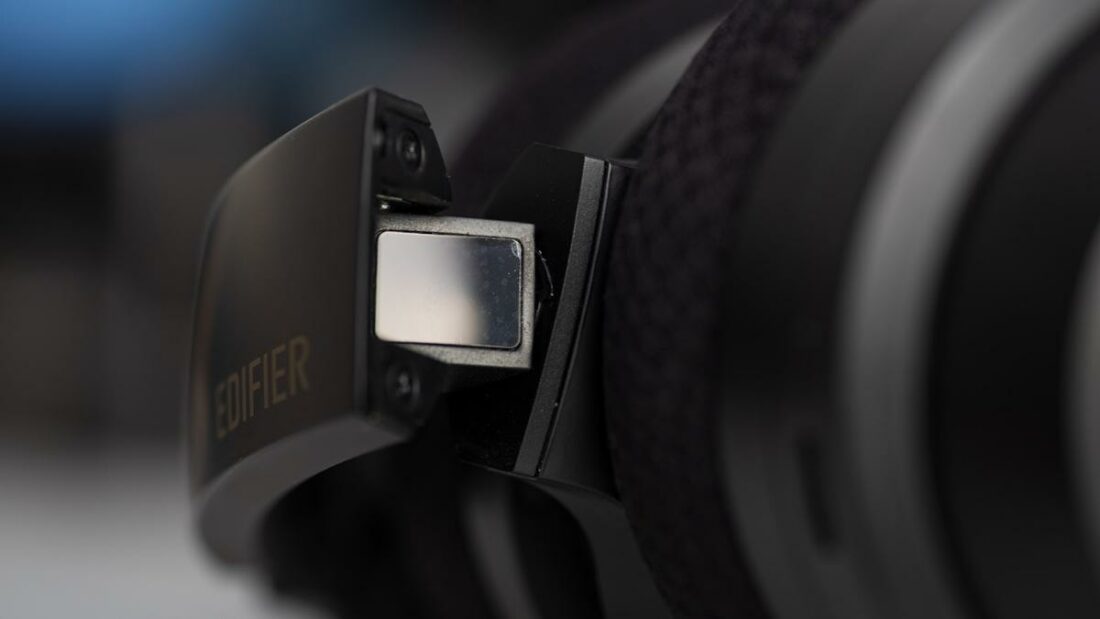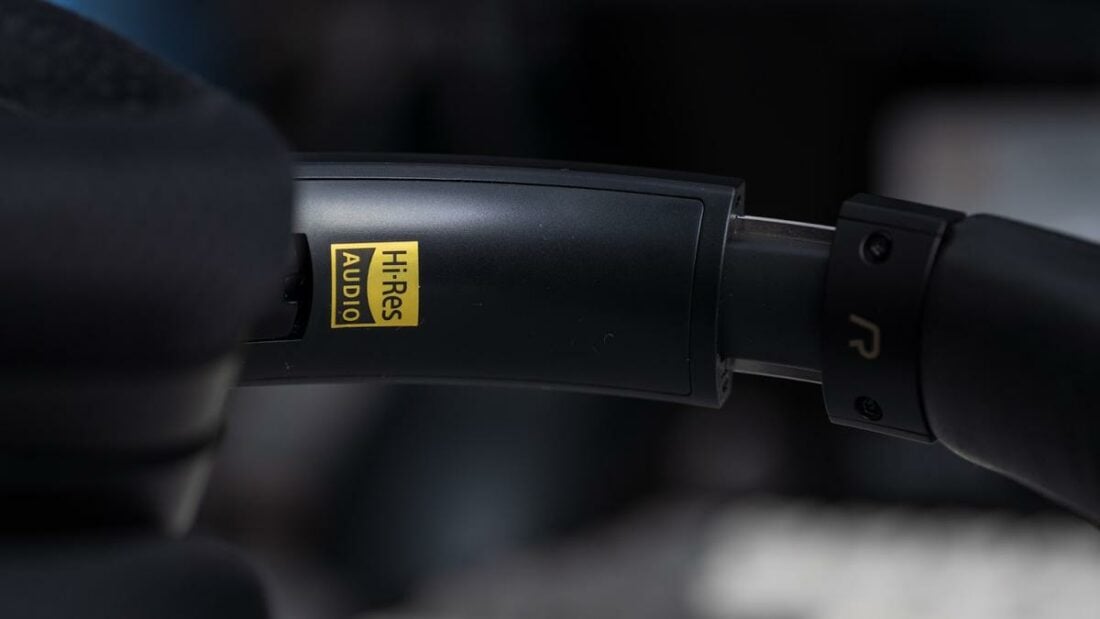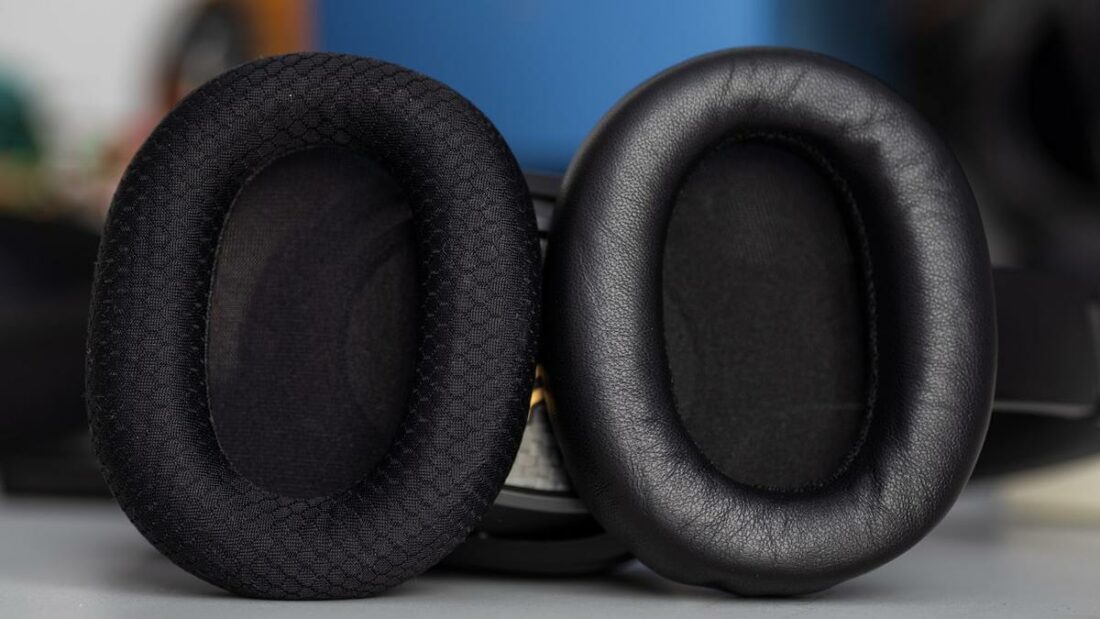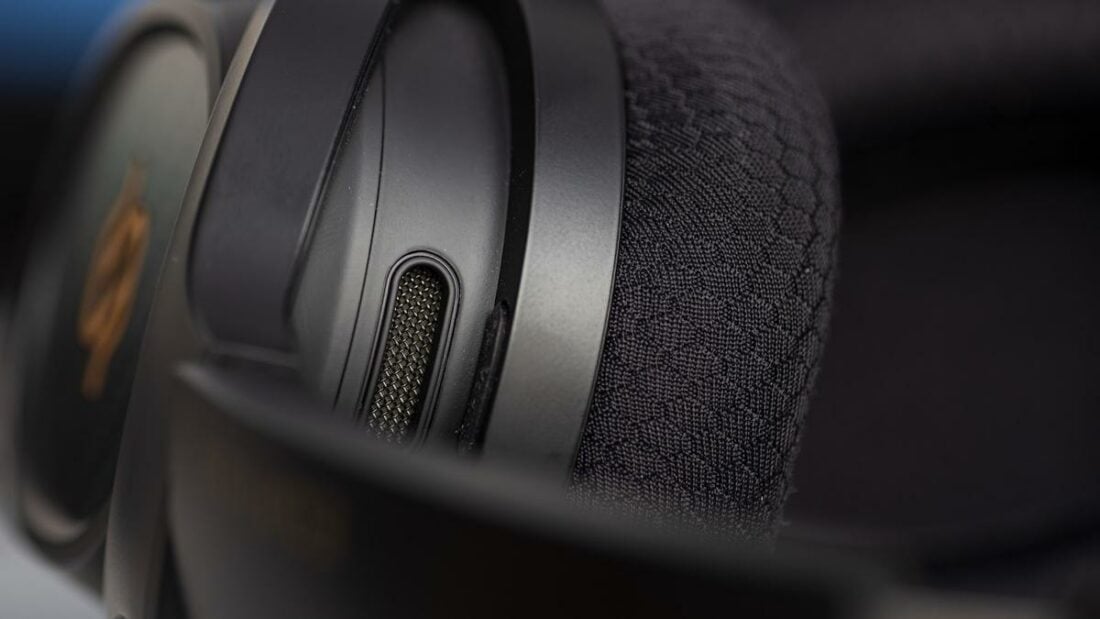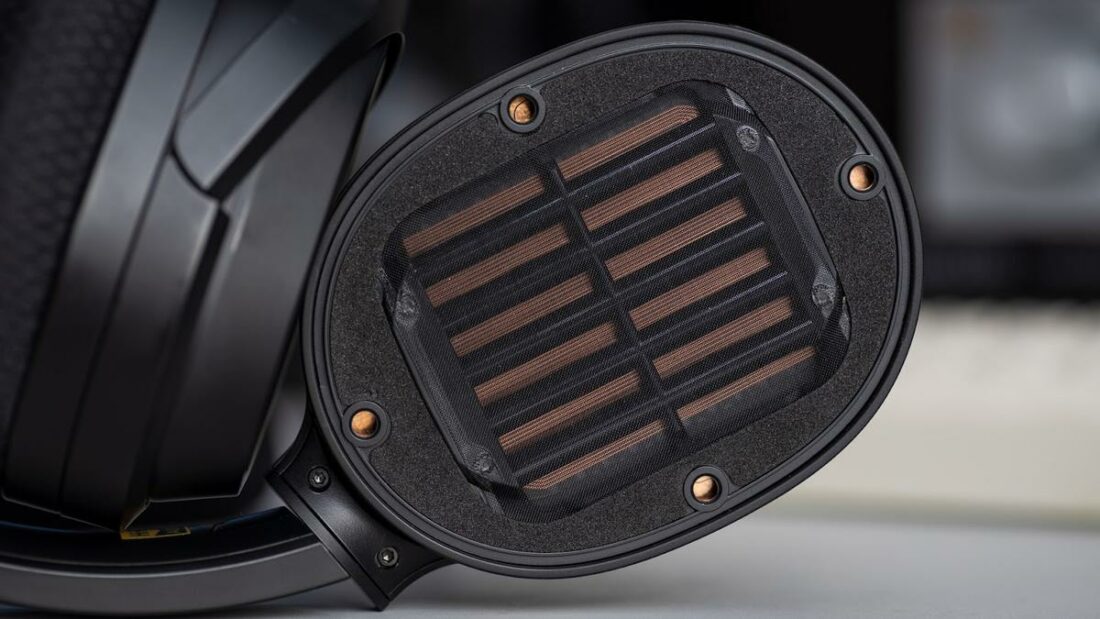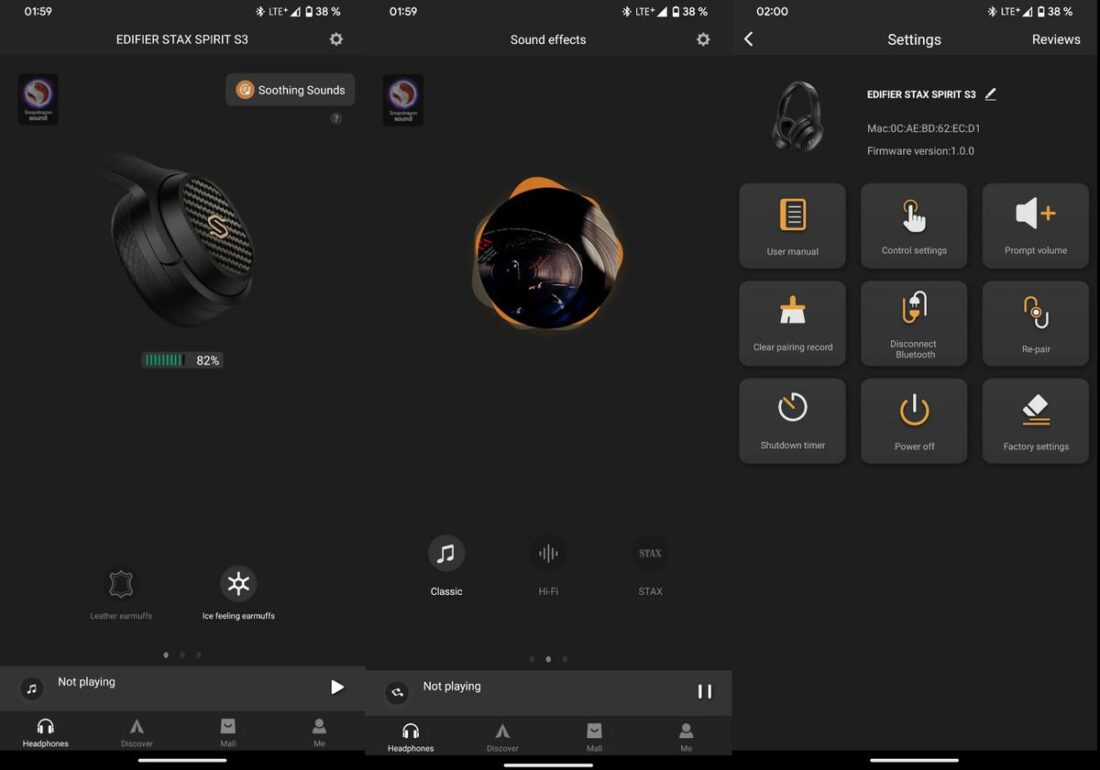Where to Buy
Introduction
The Edifier Stax Spirit S3 are one of the most interesting headphones around, given that three well-known brands are involved with their creation. The branding is a mix between Edifier and Stax (Edifier owns Stax by the by), while the drivers are supplied by Audeze. It’s perhaps the most unforeseen of alliances: Edifier, who are mostly known for their speakers, uses the Stax branding that is associated with electrostatic headphones while using planar magnetic drivers from Audeze… what? As I struggle to wrap my head around this bizarre-yet-awesome congregation, let’s not forget the forest for the trees: the Edifier Stax Spirit S3 (Spirit S3 from hereon) have an impressive spec sheet. The battery life is astonishing, they are one of the few planar magnetic wireless headphones, and they offer a host of new features that are absent elsewhere. Did the stars align for Edifier/Stax and make the Spirit S3 the best-sounding Bluetooth headphones out there? Well, we shall see.
Packaging
Edifier gave some special attention to the packaging, and it’s a looker indeed.
In the box
Edifier Stax Spirit S3 headphones 3.5mm to 3.5mm analog interconnect cable USB-C to USB-A charging cable An extra pair of mesh earpads Plastic spudger to remove the earpads Carrying case 3.5mm to 6.35mm adapter
The carrying case has a nifty pouch inside to store the cables. It offers decent protection and enough space to carry the extra pads around.
Battery
Battery Life: 80 hrs Charge Time (15 mins): up to 660 mins playback time
At around 80 hrs, the battery life of the Spirit S3 is exceptional. The standby battery drain is also very low, resulting in class-leading endurance. I did not have to charge it for the first two weeks of ownership, by which time I have already penned a large part of this review. If battery life is a priority, you can’t do much better than the Spirit S3. To add the cherry on top: the quick charge function is as good as the competition, if not better.
UX
Control Mechanism: Mechanical Touch Accuracy: N/A Control Symmetry on both ear-cups: No Mono Use: No Right ear-cup hosts the mechanical buttons
Edifier went for a basic button-based control system. The good thing about this is that the controls are straightforward. The bad thing is the lack of flexibility. The middle “multi-function button” can be used to turn the device on or off and put it in pairing mode by holding it for longer than 5 seconds. During playback, a short press pauses and plays the music, while a long press (about 2 seconds) action can be configured via the app. The surrounding up and down buttons only control volume. The left side houses the type-C port (with fast-charging support) and the power/pair button. The right-side ear cup also has a 3.5mm analog input, which sounds very good.
Design
Profile: Over-ear Material: ABS plastic Fit and Comfort: Good.
The entire construction is plastic. This has two advantages: light weight and RF transparency. The default earpad and headband are padded with pleather, with soft memory foam underneath. The optional cloth earpads have a cooling gel lining underneath and are more suitable for summer days. Moreover, it changes the sound noticeably. More on this later. The headband is steel, but due to the folding mechanism, there is a copious amount of plastic around the headband and feels cheap. The adjustments are made by sliding the earcups up or down. There are distinct clicks when adjusting the earcups, so you can fine-tune the adjustments. The hinge mechanism allows for a 90-degree rotation of the earcups. It also helps move the earcups across the Y-axis to better seal against the user’s face. Both sets of earpads offer long-term comfort. The clamp is perfect, neither too light nor too tight.
Mic
Noise Cancellation: Outstanding Voice Pick-up: Outstanding
There is a mic on the left side of the earcup, and both ear cups have additional mic arrays on top to aid in noise cancellation. They pick up audio in noisy environments, allowing the user to speak at a normal volume. There is also support for Snapdragon Sound, which, in theory, should improve the performance, but I did not have a compatible device, so I could not test this feature.
Mic demo
Sound
Driver: 100mm Audeze planar magnetic driver Sound Signature: Neutral Bass: Outstanding Mids: Outstanding Treble: Outstanding Soundstage: Average Imaging: Good Dynamics: Good
The app has three different presets: Classic, Hi-Fi, and Stax. I stuck with the “Classic” preset as it sounded the most natural and neutral. The other two resulted in thinning out the midrange and some spikiness in the treble. I also used the cloth pads for this review since I found them to be more comfortable in the long run.
Bass
The bass has excellent extension, reaching all the way down to 20Hz. There is a slight emphasis near the mid-bass region that adds body to male vocals and certain instruments. There is no abrupt sub-bass boost from 200Hz downward, which is a welcome change. This kind of strange sub-bass boost makes snare hits sound unnatural, something the Spirit S3 avoid. Bass here is fast despite the boost, managing to keep up with some busy tracks. Case in point: As I Lay Dying’s The Darkest Nights. If you want a more linear bass response, try the leather pads. Distortion in the bass region is one of my pet peeves with most BT headphones and earphones. The Stax Spirit S3 overcome this by using a very low-distortion driver and higher bitrate AptX Adaptive codec.
Mids
The upper-midrange is well-controlled and does not sound shouty or shrill. The tonality of the mids is mostly correct, as the upper-mids peak near 2.5kHz, and there is no abrupt bump between 1-3kHz. Lower-mids can sometimes sound a bit veiled due to the bass boost but retain intelligibility. Female vocals, acoustic instruments, and pianos sound great, with an added heft to the notes.
Treble
Treble displays some “planar timbre,” where the cymbal hits have a slight metallic sheen to them. The 4.5kHz peak brings guitar riffs and the leading edge of acoustic guitars forward, as is noticeable on the guitar strums of Damien Rice’s Canonball. Cymbal hits have a natural attack and decay, with good upper-treble extension, given the product category. I do wish there were slightly more emphasis between 10kHz – 15kHz just to add more sparkle to the treble.
Dynamics
Macrodynamic punch is decent, with sudden bass drops having a noticeable “kick.” However, you do not get the guttural feeling that some headphones can provide. Microdynamics are decent as well, as subtle shifts in volume are noticeable.
Soundstage
Edifier Spirit S3 has a rather narrow soundstage in terms of stage width. Stage depth is also average and one of the weak aspects of these headphones.
Imaging
Imaging is also average, with good left and right delineation but poor ordinal imaging (top-left, bottom-right).
Active noise cancellation
There is no ANC support here, nor are there any “transparency mode.” In that sense, the Spirit S3 are more traditional than many Bluetooth headphones, with none of the “smart” features the competition offers.
Connectivity
Audio Codec: SBC, AAC, aptX Adaptive Bluetooth Version: 5.2 Auto-connect when: After turning on Average drop-outs in an hour: 0 – 2 times Multi-point connection: Yes
The connection is rock-solid, and pairing is fairly simple once the headphones are put in pairing mode. Bluetooth multi-point function works seamlessly, as you can connect to multiple devices simultaneously and easily switch between them.
Waterproof
IP Rating: Not rated.
No official IP rating here, which is a bummer.
Software
Available on: iOS, Android 3 preset EQs Ability to save and import profiles across devices Auto Pause: not available.
The lack of wear detection or auto-pause is another bummer.
Comparisons
Edifier Stax Spirit S3 Vs. Sony WH-1000XM5
Sony’s WH-1000XM5 are class leaders in terms of ANC performance. The Stax Spirit S3 have no ANC, so easy win for Sony here. The build is also better on the WH-1000XM5. As for the sound, in stock form, the WH-1000XM5 sound bassier and smoother. You can easily control the amount of bass via the app and make them sound cleaner and clearer. However, the Spirit S3 are noticeably more resolving. The Sonys have wider and deeper staging and superior imaging. Dynamics are relatively more compressed on the 1000XM5. The Sony headphones also have other nifty features like wear detection, DSP effects, and gesture control. Battery life, on the other hand, is far superior on the Edifiers.
Conclusion
The Edifier Stax Spirit S3 are spot on when it comes to sound. Sure, there are things that can be made better, but none of the competition offer the same level of resolution and tonal balance. They have class-leading battery life, are comfortable, and sound very good, given the wireless nature of the headphones. Sadly, the lack of ANC will be an instant deal-breaker for some, while others will lament the creaky build, basic app functionalities, and the premium one must pay for the planar tech. Nevertheless, the Edifier Stax Spirit S3 earn my recommendation as one of the best-sounding wireless headphones out there, with an agreeable tonality and very good resolution for a pair of BT headphones. Just be aware of the sacrifices you gotta make down the road.
